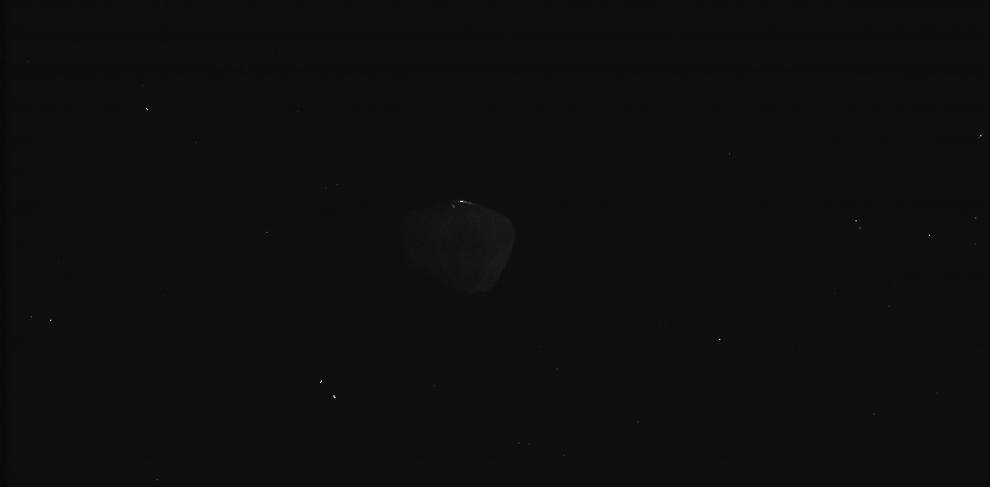I'm too busy to spend as much time reviewing as I would like, but I find that the major job of any language review is to reactivate some part of my brain where language knowledge seems to be lurking - get the Japanese juices flowing, as it were. So I dig out old books like "Say It In Japanese" and just read random pages, saying phrases out loud to get the speech centers moving too. I have a lot of Japanese study books and dictionaries (it's amazing how many I have on this list of 252 Japanese books). I like to take notes, and I have used various Japanese word processors, most recently the excellent (and free) JWPce.
This exploration process is now easier and more fun than ever, thanks to several apps on the iPod Touch, especially Human Japanese and the free Kotoba! dictionary which has recently been updated. Kotoba! v2.0 now includes example sentences, full copy/paste support, verb conjugations, and a "corkboard" feature which saves the history of words accessed as well as designated favorites - it's certainly the best Japanese study and reference aid EVER. I can copy and paste into the Notes app, email the notes to myself, and copy/paste them into a JWPce document.
It's not all about Japanese. I've also been stockpiling Kindle and now Barnes & Noble e-books on the iPod for those long Asia flights (when I'm not studying Japanese or sleeping). One of them is a new book about DARPA by Michael Belfiore, The Department of Mad Scientists (How DARPA Is Remaking Our World, from the Internet to Artificial Limbs). I've just read a chapter or so, and it's really interesting.
Long post but there's one more book-related distraction. I've been occasionally following Read All Day, the blog of a woman who just completed reading and reviewing a book a day for 366 days (and I thought I liked to read). She doesn't read much SF, but one she did read was a collection of stories by Ursula K. Le Guin, The Fisherman of the Inland Sea. It sounded good so I ordered a used copy (no ebook available, alas). This also reminded me that I've been meaning to re-read Le Guin's classic The Left Hand of Darkness, so I dug out the paperback for that.
Update: Here's a little astronomy-related fragment of today's Japanese review on the iPod with one of the example sentences from Kotoba! v2. You pretty much need to be able to read the hiragana and katakana phonetic character sets to be able to make much use of Kotoba!, and most of the examples are standard Japanese with mixed kanji and kana. You may have to do as I do and use the copy/paste feature to translate any kanji in the sentence that you don't know how to pronounce.
その星は 必ずしも 肉眼で見えるわけではない。(Sono hoshi wa kanarazushi mo nikugan de mieru wake dewa nai.) We cannot necessarily see the star with the naked eye.
hoshi 星 star or planet as in 火星(かせい)Mars
肉眼 [にくがん, にくげん] naked eye, the physical eye (lit. "meat eye")






























